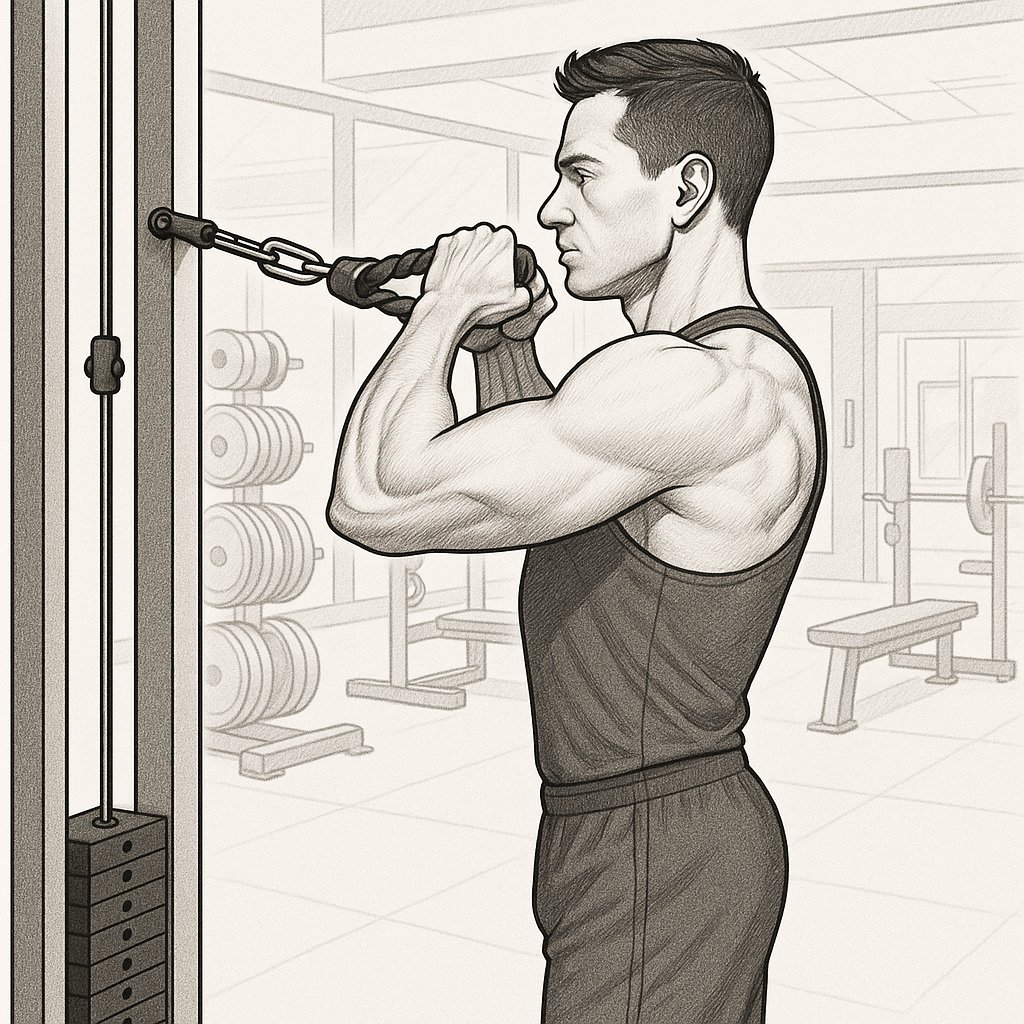Yes, face pulls do work the rotator cuff muscles effectively—especially when performed with proper form. This popular exercise is not just for the rear deltoids; it targets several key stabilizing muscles in the shoulder joint, including those of the rotator cuff. Understanding how and why face pulls engage the rotator cuff is essential for anyone looking to improve shoulder strength, posture, or injury prevention.
If you want a healthier, stronger, and more resilient shoulder, face pulls are a must-add to your routine—but only if you do them right. This article covers the science, technique, and practical tips you need for best results.

What Is the Rotator Cuff—and Why Should You Care?
The rotator cuff is a group of four muscles: supraspinatus, infraspinatus, teres minor, and subscapularis. Their primary job is to stabilize your shoulder joint and allow safe, smooth arm movement. Weakness or imbalances here can lead to pain, poor posture, or even serious injury.
- Reduces risk of shoulder impingement and rotator cuff tears
- Improves posture and athletic performance
- Supports safer lifting, overhead activities, and daily movements
Learn more from the American Academy of Orthopaedic Surgeons.
How Face Pulls Activate the Rotator Cuff
Face pulls are a resistance exercise using cables or bands, typically pulling a rope or band toward your face from an overhead anchor. According to sports science experts and physical therapists, face pulls emphasize the rear deltoids, upper back, and crucially, the external rotators of the rotator cuff—mainly the infraspinatus and teres minor (Men’s Health, 2024).
Muscles Worked During Face Pulls:
- Rear deltoids
- Rhomboids
- Trapezius (upper/middle)
- Infraspinatus (rotator cuff)
- Teres minor (rotator cuff)
Recent research and top coaches (including Athlean-X) agree:
“Face pulls are among the best exercises for targeting the rotator cuff and improving shoulder health, as long as you focus on external rotation during the movement.”
(Athlean-X, 2024)
Why Proper Form Matters for Rotator Cuff Activation
To truly engage your rotator cuff, form is critical. Many lifters mistakenly turn face pulls into a row or skip the all-important external rotation.
Key Technique Tips:
- Anchor height: Set the cable or band above eye level.
- Grip: Use an overhand or neutral grip; some prefer underhand for more external rotation.
- Movement: Pull toward your forehead or nose—not your chin or neck.
- Elbows: Keep elbows high and move hands apart as you pull, rotating the arms outward at the end.
- Control: Use moderate weight to avoid “cheating” with momentum.
Tip: If you’re new to face pulls, use lighter resistance and focus on the “squeeze” at the end of each rep.
Sample Face Pull Routine for Rotator Cuff Strength
| Exercise | Sets | Reps | Frequency |
|---|---|---|---|
| Face Pulls | 3 | 12–20 | 2–3x/week |
| Band External Rotation | 3 | 12–15 | 2x/week |
| Prone Y-Raises | 3 | 10–12 | 2x/week |
Pro Tip: For well-rounded shoulder health, combine face pulls with dedicated rotator cuff and scapular stability exercises (Verywell Health, 2024).
Common Mistakes to Avoid
- Pulling too low: Targets lats and traps, not the rotator cuff.
- Using excessive weight: Leads to poor form, less external rotation.
- Ignoring external rotation: The “rotation” at the end is what activates the rotator cuff.
- Not controlling the eccentric (lowering) phase: Important for muscle activation and injury prevention.
FAQs: Face Pulls & Rotator Cuff
Are face pulls enough for complete rotator cuff health?
Face pulls are excellent for the infraspinatus and teres minor, but supplement with other rotator cuff exercises for balanced development.
Can I do face pulls every day?
Yes, if using light resistance for rehab or prehab. For muscle growth, 2–3 times a week is ideal.
Do face pulls fix shoulder pain?
They can help with imbalances and posture, but consult a healthcare provider for persistent pain.
Conclusion
Face pulls are a highly effective, safe way to strengthen your rotator cuff and prevent shoulder injuries—if you use the right form and make them part of a balanced shoulder routine.
Don’t wait until you’re in pain: Add face pulls and other rotator cuff exercises to your workouts for stronger, healthier shoulders.
